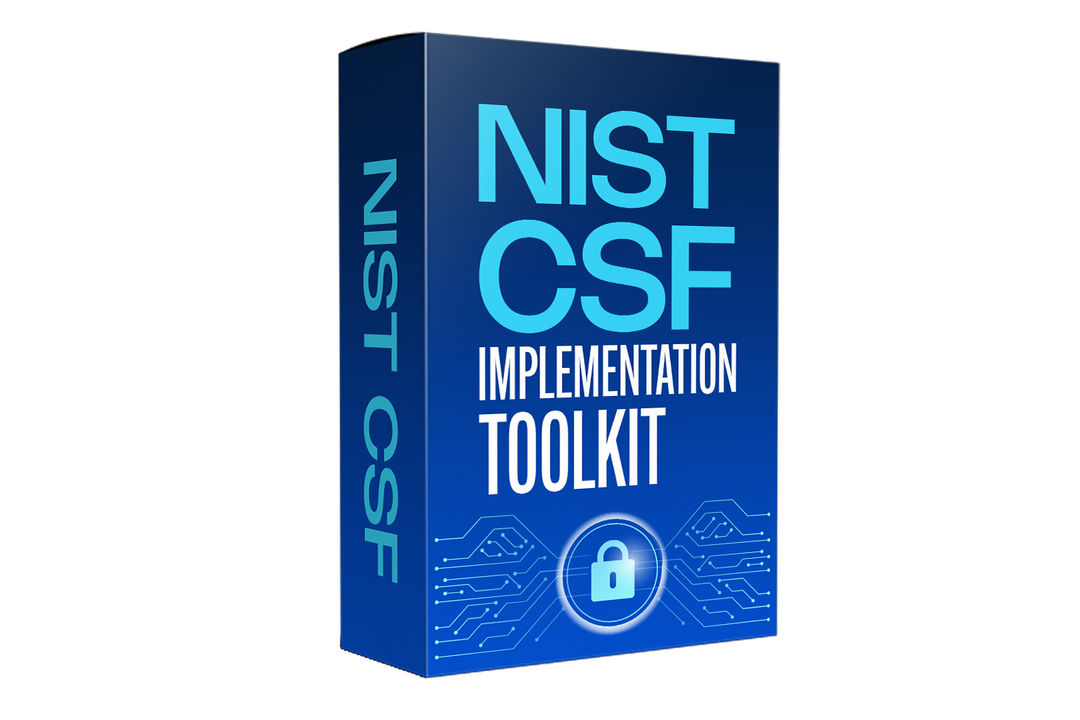The Power of GRC: Safeguarding Your Business Operations
Running a successful business is no easy feat. It requires careful planning, strategic decision-making, and the ability to navigate through complex regulatory environments. One crucial element that often gets overlooked is Governance, Risk, and Compliance (GRC). While it may not be the most exciting topic, implementing a robust GRC framework can make all the difference in safeguarding your business operations and ensuring long-term success.
Understanding GRC
Before we delve into the importance of GRC, let's first understand what it entails. GRC refers to the set of practices and processes that an organization implements to ensure it is operating within legal and ethical boundaries. It involves three key components:
1. Governance
Governance sets the tone at the top, providing the framework for decision-making and accountability within an organization. It encompasses defining roles and responsibilities, establishing policies and procedures, and ensuring compliance with laws and regulations.
2. Risk Management
Risk management involves identifying, assessing, and mitigating risks that could potentially impact the organization. This includes both internal risks, such as operational inefficiencies or data breaches, and external risks, such as changes in the regulatory landscape or economic downturns.
3. Compliance
Compliance refers to adhering to relevant laws, regulations, and industry standards. It is crucial for businesses to stay up-to-date with evolving compliance requirements to avoid legal and reputational consequences.
The Importance of GRC
Now that we have a basic understanding of GRC, let's explore why it is so important for businesses:
1. Minimizing Legal and Financial Risks
By implementing a strong GRC framework, businesses can identify and address potential legal and financial risks before they escalate. This proactive approach enables organizations to avoid costly litigation, fines, and reputational damage.
2. Enhancing Operational Efficiency
GRC helps streamline business processes by eliminating redundant and outdated practices. By identifying and addressing inefficiencies, organizations can optimize their operations, reduce costs, and improve overall productivity.
3. Building Trust and Credibility
Customers and stakeholders place a high value on businesses that prioritize governance, risk management, and compliance. Implementing robust GRC practices demonstrates a commitment to ethical conduct, which enhances trust, credibility, and ultimately, customer loyalty.
4. Navigating Complex Regulatory Environments
The regulatory landscape is constantly evolving, and businesses must stay compliant to avoid legal repercussions. GRC provides the necessary tools and processes to ensure organizations stay updated with the ever-changing regulatory requirements, reducing the risk of non-compliance.
5. Improving Decision-Making
GRC frameworks provide organizations with valuable insights into their operations and potential risks. By having a comprehensive understanding of the risks involved, decision-makers can make informed choices that align with the organization's strategic objectives.
Implementing a GRC Framework
Now that you understand the importance of GRC, you're probably wondering how to get started. Here are some key steps to implement an effective GRC framework:
1. Assess Your Current State
Begin by conducting a thorough assessment of your organization's current governance, risk management, and compliance practices. Identify any gaps or areas that require improvement.
2. Define Roles and Responsibilities
Clearly define the roles and responsibilities of individuals within your organization to ensure accountability for GRC practices. This includes designating a GRC officer or team to oversee the implementation and maintenance of the framework.
3. Establish Policies and Procedures
Create comprehensive policies and procedures that align with your organization's values, industry regulations, and legal requirements. Communicate these policies effectively to all employees and stakeholders.
4. Implement Risk Management Strategies
Identify and assess potential risks to your business operations. Develop strategies to mitigate these risks and regularly monitor and update your risk management practices.
5. Stay Informed
Keep abreast of the latest regulatory changes and industry standards that may impact your organization. Regularly review and update your GRC framework to ensure compliance with new requirements.
In Conclusion: Empowering Your Business with GRC
While GRC may not be the most glamorous aspect of running a business, it is undoubtedly a critical one. Implementing a robust GRC framework safeguards your business operations, minimizes risks, and enhances overall efficiency. By prioritizing governance, risk management, and compliance, you can build trust, credibility, and long-term success. So don't overlook the power of GRC – embrace it and empower your business!





